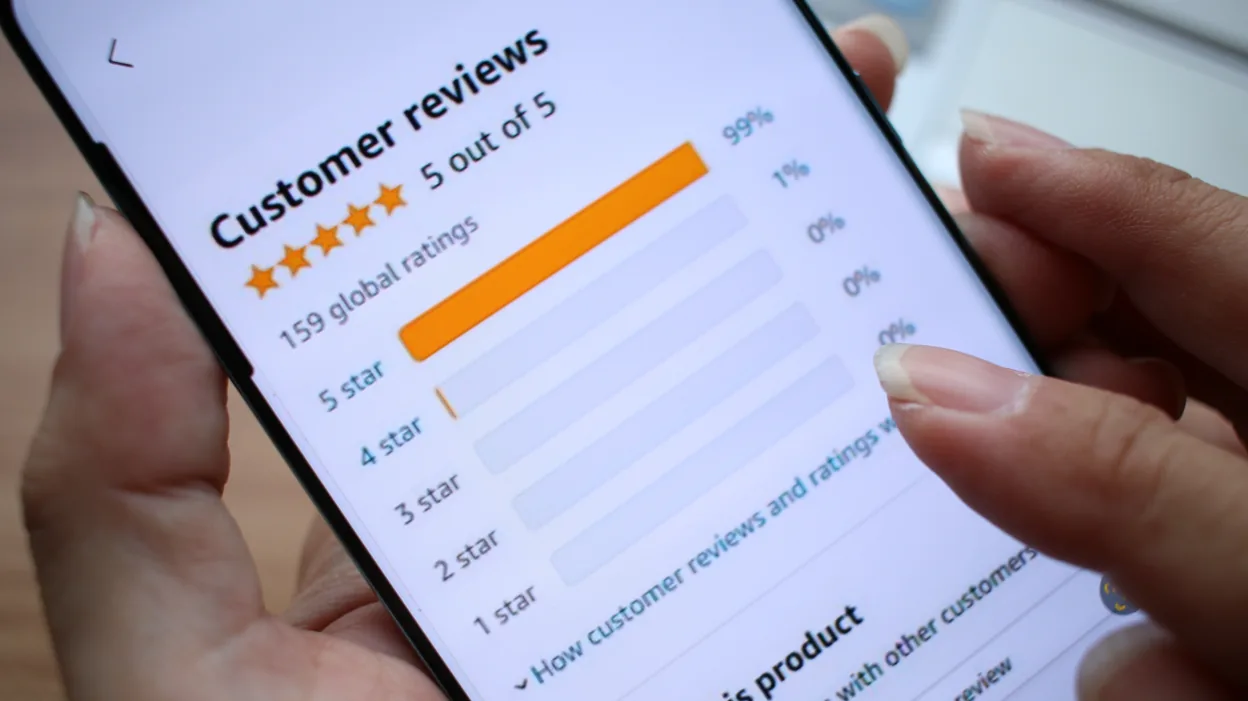Online reviews have become a cornerstone of modern shopping. Before buying a product, booking a hotel, or choosing a service, most of us instinctively check ratings and read what others are saying. Reviews can be helpful — but they’re not always trustworthy.
Behind the star ratings and glowing comments, technology has made it easier than ever to fake reviews, manipulate ratings, and influence buyers. Understanding how this works can help you separate real feedback from misleading claims.
Why Reviews Matter So Much
Reviews are powerful because humans rely on social proof. Seeing that hundreds of people rated a product five stars makes us more likely to buy it.
For businesses, good reviews drive sales. For consumers, reviews help make decisions quickly without testing every product personally.
That’s why online reviews are a prime target for manipulation.
How Fake Reviews Are Created
Fake reviews can be surprisingly sophisticated. Some common methods include:
- Paid Reviewers: Companies hire individuals to write positive reviews for products or negative reviews for competitors.
- Bots and Automation: AI-powered bots can generate thousands of reviews automatically, often with realistic-sounding text.
- Review Swapping: Small businesses sometimes trade reviews with other sellers to inflate ratings.
- Manipulated Ratings: Some platforms allow temporary spikes in ratings to boost visibility, which can mislead users about a product’s quality.
Modern technology makes it easy to produce reviews that look authentic, complete with usernames, profile pictures, and even fake purchase histories.
The Role of AI in Fake Reviews
AI tools like ChatGPT and other text generators have made fake reviews even more convincing.
- They can create reviews that sound human, with natural language, proper grammar, and even emotional nuance.
- Some systems analyze existing reviews and generate new ones that fit seamlessly into the platform.
- Deepfake profiles can make the reviewer appear real, adding legitimacy to the content.
This is why spotting fake reviews is no longer as simple as looking for spelling mistakes or generic statements.
How to Spot Fake Reviews
Even sophisticated fakes leave subtle clues. Here are a few tips:
- Check the timing: Multiple reviews posted at the same time may indicate coordinated activity.
- Look for repetitive language: Reviews with similar phrases, word patterns, or style could be generated.
- Examine reviewer profiles: Accounts with no other activity or reviews only for one product are suspicious.
- Read a mix of reviews: Genuine reviews often include both pros and cons, not just glowing praise.
- Trust verified purchases: Platforms like Amazon mark reviews from verified buyers, which are generally more reliable.
While no method is foolproof, combining these checks increases your chances of spotting misleading content.
Platforms Are Fighting Back
E-commerce platforms and review sites are aware of the problem and use multiple tools to reduce fake reviews:
- Machine learning algorithms: Identify suspicious patterns or repetitive language.
- Purchase verification: Ensure the reviewer actually bought the product.
- User reporting: Allow customers to flag reviews that seem fake or misleading.
- Regular audits: Remove accounts or reviews found to violate policies.
These measures help, but the system isn’t perfect. Some fake reviews still slip through.
How to Use Reviews Wisely
Reviews aren’t worthless—they just need to be interpreted carefully:
- Look for patterns, not extremes: Consistency matters more than single glowing or negative reviews.
- Read multiple sources: Check several websites to get a broader perspective.
- Trust personal recommendations: Word-of-mouth from friends or family is often more reliable than online stars.
- Consider context: Think about how a product or service fits your specific needs, not just the average rating.
By reading reviews critically, you can make better decisions without falling for clever manipulation.
Final Thoughts
Online reviews are a powerful tool, but technology has made it easy to fake trust. The next time you see a five-star rating or glowing comment, pause and think critically. Look for patterns, check multiple sources, and don’t rely solely on ratings.
With awareness and a bit of skepticism, you can still benefit from online reviews — using them to guide decisions without being misled by fake ratings.
In today’s digital world, knowledge is the best protection. The more you understand how online reviews work, the smarter and safer your shopping experience becomes.
